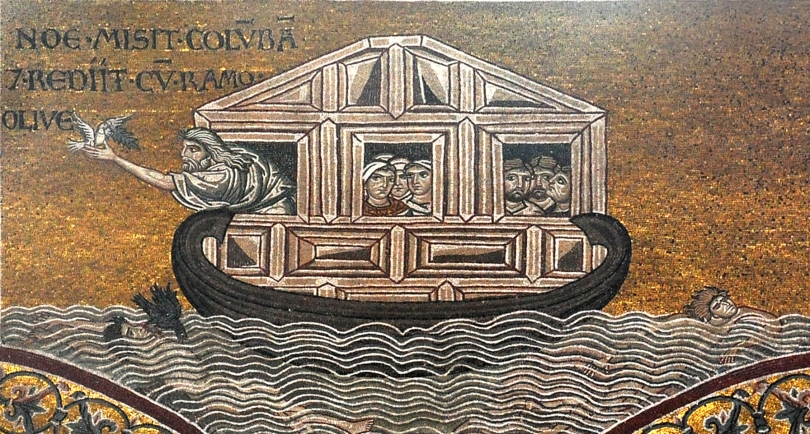December of 1872 marked a watershed in biblical studies. At a highly publicized lecture for the Society for Biblical Archaeology, with British Prime Minister William Gladstone in attendance, an Assyriologist named George Smith revealed the startling contents of a tablet he had recently discovered. The tablet, one of 25,000 or so that had been excavated from the ruins of ancient Nineveh and sent back to the British Museum in London, told the story of a universal flood that sounded very much like the tale of Noah’s Ark that every churchgoer is familiar with. The tablet turned out to be one of twelve that made up the now-famous Gilgamesh Epic.
Read More »


